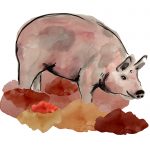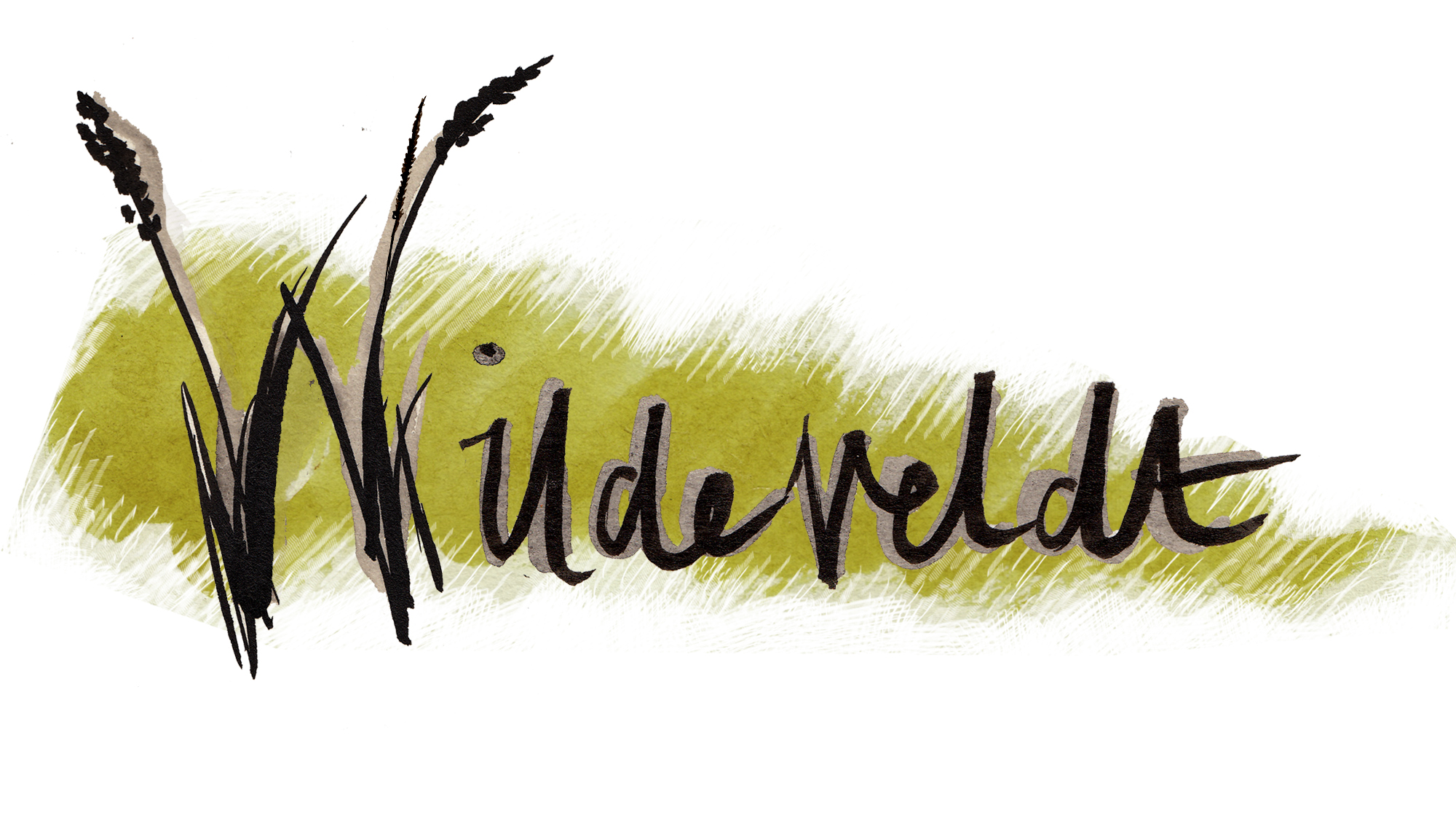At Wildeveldt we are committed to restoring health to our soil.
By implementing regenerative agricultural practices such as no-till and mixed species cover crops, we are reducing disturbance, as well as erosion and nutrient leaching from our farm. This, coupled with high intensity, rotational grazing of cows, sheep and chickens, produce a continual supply of microbially diverse manure to sustain and grow our underground ecology.
Combined with reduced applications of pest-, herb-, fungicides, we hope to revive a once vibrant ecosystem that was put under pressure by unknowingly detrimental, conventional farming practices.
Why do we care about healthy soil?
“Out of sight, out of mind.”
- As a species, evolution has shaped the human brain to react to visible dangers and therefore we do not really adhere to the presence of non imminent threats. Take our combined global motivation to curb pollution as an example. The same applies to the unseen world under our feet.
- A recent study revealed that roughly 90% of the cells in a human body are either bacterial, fungal or non-human. In essence, we are literally more microbe than human.
The health of this hidden microbial community is directly linked to the available nutrients in the food that we eat, which in turn is a product of the health in the soil that it was produced in. Unhealthy soil produces low nutrient food, resulting in less healthy people.
At Wildeveldt, we believe that human health and soil health are intrinsically linked , therefore our motto: Heart & Soil. We put a lot of care into creating the best possible foundation for our crops, so that we can sustainably produce more nutritious food ensuring a healthier and happier customers.
Apart from the medical benefits, healthy soil is also better at retaining water, thereby reducing the need for irrigation, resulting in reduced erosion and loss of nutrients. This means less need for synthetic fertilizers and less chemical run-off into natural water systems. Reduced chemicals also encourage the return of biodiversity, both underneath and on top of the ground, leading to a more animal and insect abundant ecosystem and a more WildeVeldt…







